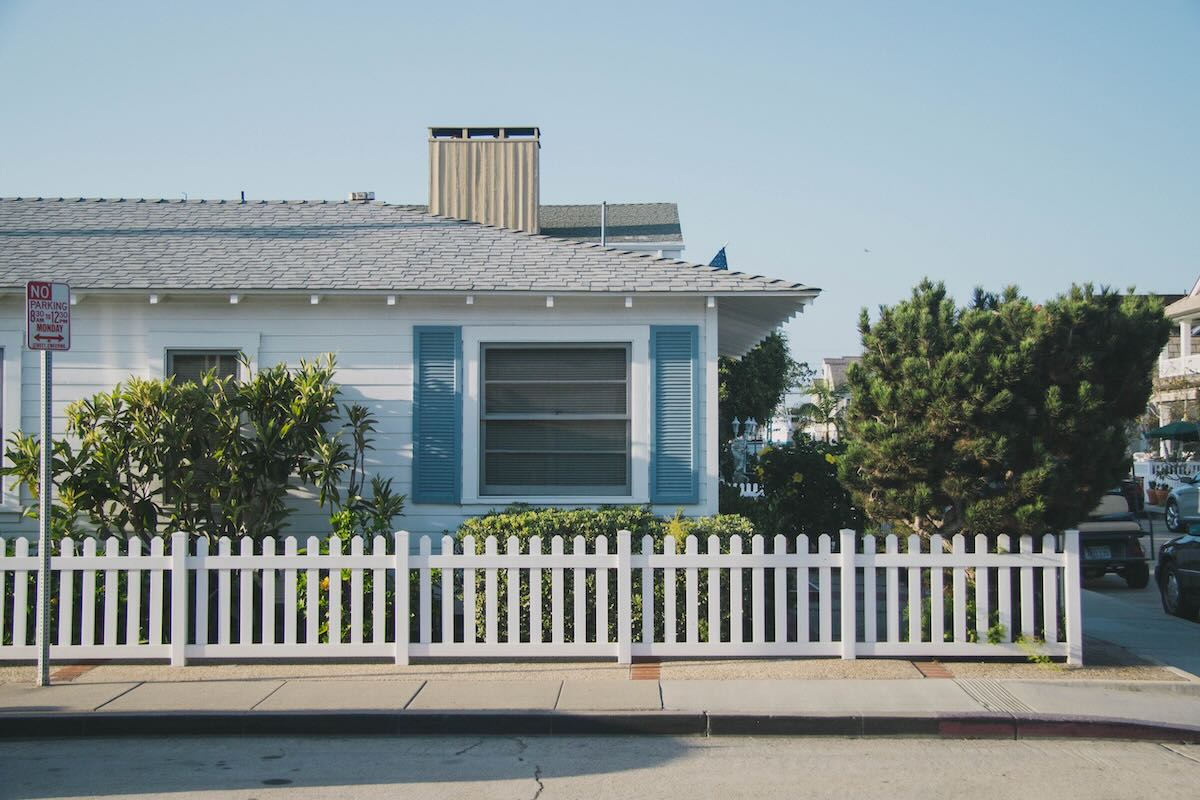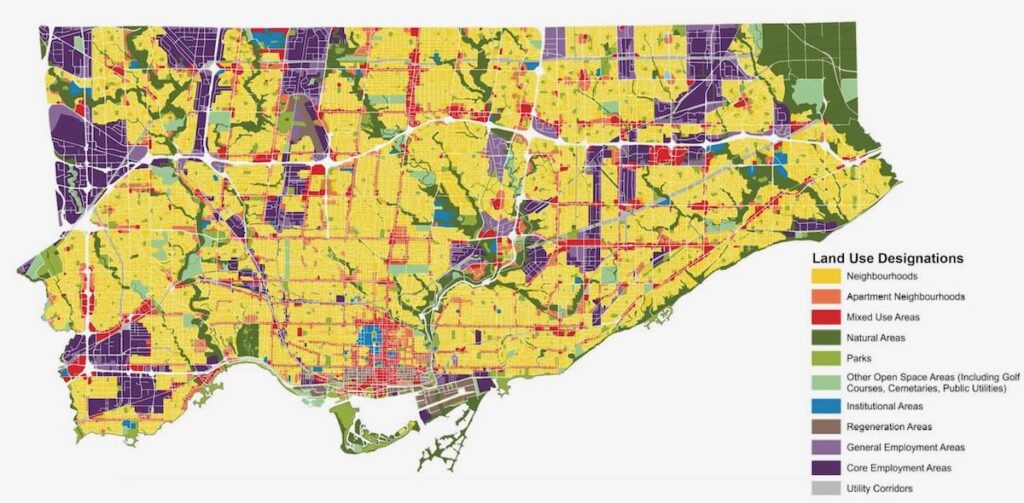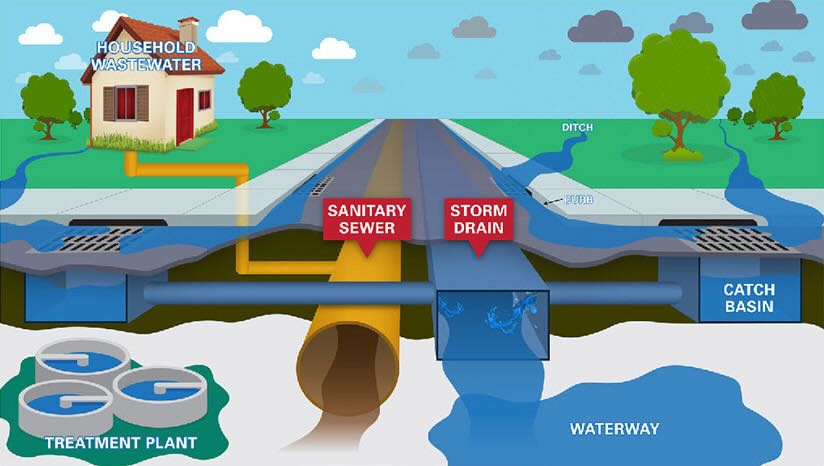Single-Family Home Fixation
Categories: Cities, Living, The Environment
I had ambitions of tackling densification, zoning, and land use all in one post. Indeed, that was ambitious. So for now, I will tackle the problems of the single-family home fixation.
City Zoning Favours Single-Family Housing
Toronto’s yellow-belt covers 75% of its land area. Until quite recently, the yellow-belt restricted development to detached and semi-detached houses. Then in May of 2023, City Council approved changes in its zoning by-laws to allow for:
- duplexes, triplexes, fourplexes, and garden suites in all residential zones
- row housing and small apartment buildings along major streets.
Progress, but a complex network of draconian and obtuse regulations remain.

Toronto Not Alone
Almost all if not all Canadian cities have zoning that favours the development of single-family houses. Why? Well, explosive urban growth came about after 1950. Since then, the Canadian urban population quadrupled, from 8.5 million people to about 32 million people in 2023.
In 1950, the average household size was 3.51 people and family households generally consisted of at least four people. Automobile use exploded and cars made it easy to reach areas a stone’s throw from the city centre. Mega regional shopping malls sprung up that catered to an increasingly auto-mobile fixated population. Urban sprawl ensued spurred on by single-family zoning and massive investments in road networks.
So in the 1950’s and 1960’s when cities established their yellow-belt equivalents :
- Land – check
- Un-cluttered road net works – check
- Air quality, climate change, and bio-diversity – how would you spell that
- Two hour commutes – are you kidding me? It won’t happen!
- And really, 32 million people living in cities by 2023? In Canada? It’s 1960 and our total population – 17.9 million.
So lets stick with single-family zoning!
But Cities Will Continue to Grow:
About 81% of Canadians live in cities. Modest population growth forecasts expect another 8.1 million people will live in our cities by 2046. The average household has fallen from 3.51 people in 1950 to 2.4 people in 2023. The total population of the Greater Toronto Area could hit 10.4 million people by 2046. At 3.51 people per household, this equates to 2.9 million homes. But average household size is now 2.4 people – needed 4.3 million homes by 2046.
To know me is to know that I often say I don’t need precise but I do need accurate. So the above, while not necessarily precise, remains directionally accurate. It is stunningly clear that it is not a sustainable option to continue to favour single-family zoning.
Unsustainable
Single family housing is not only an abusive use of land that is needed for agriculture and the environment but also:
- requires extended below ground and street infrastructure
- extends commute times and if you think systematically the biggest reason cited for the “work-at-home” movement – travel time.
- increases automobile dependency, which leads to more congestion, more air pollution, more investment in highways and expressways
- diminishes the feasibility of public transit and active transportation networks
So what are the alternatives to the single-home fixation? More to come!

2 Comments
Right on Larry!
But too many nimbies with too much power. Let the municipalities fight the wars, not the developers.
Also, why does the government make social housing the responsibility of the Developer when getting a permit; that bribery. Social issue = government intervention, just like in Singapore
Hausmann could rely on Napoleon III for support.